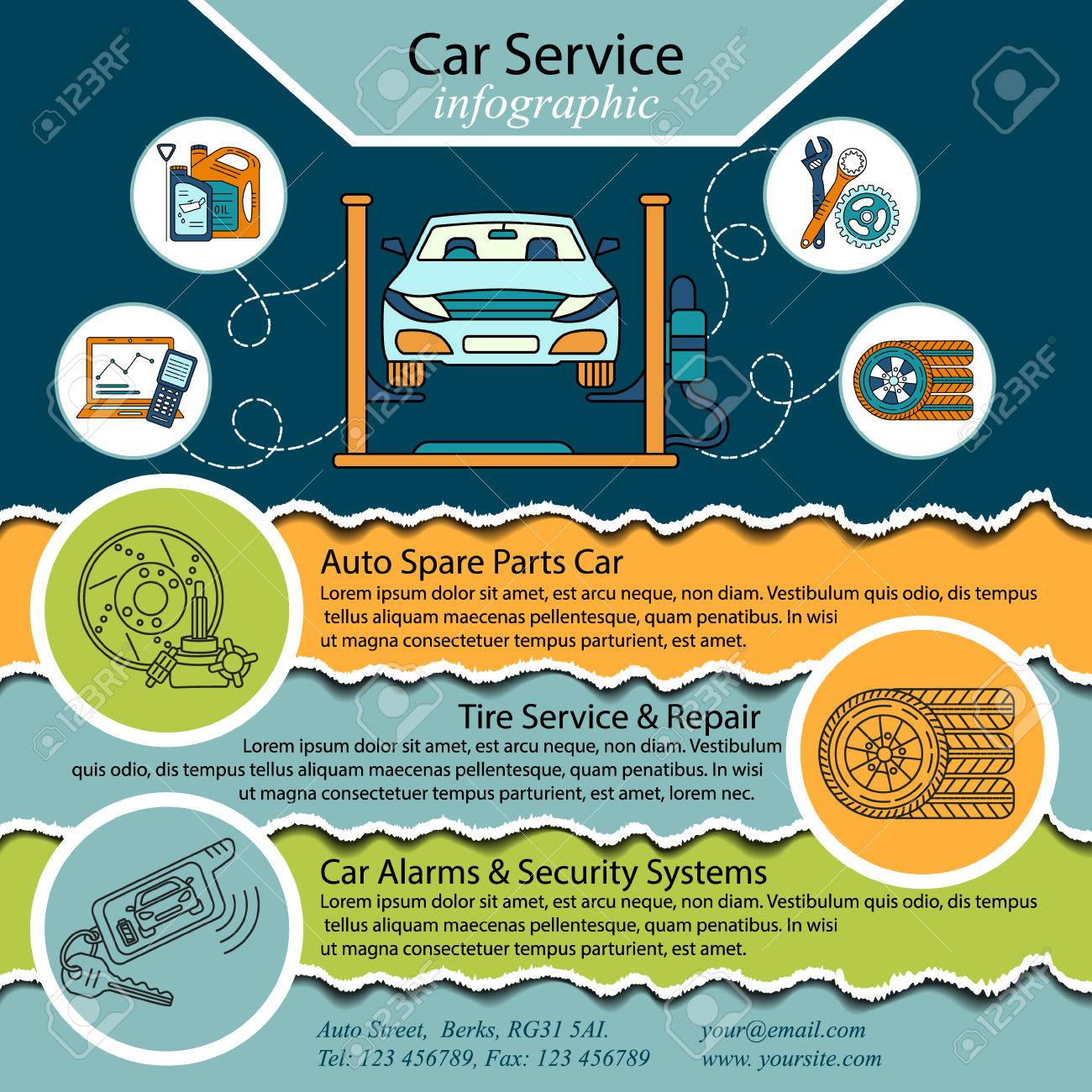Untangling Truth Significance Behind Your Vehicle'S Caution Lights
Untangling Truth Significance Behind Your Vehicle'S Caution Lights
Blog Article
Author-Wilkinson Crawford
When you're behind the wheel, those glowing caution lights on your dashboard can be a bit perplexing. Do you understand what they're trying to tell you about your car's health and wellness? Recognizing the significance of these lights is crucial for your safety and the durability of your vehicle. So, the next time one of those lights appears, wouldn't you intend to decipher its message accurately and take the necessary steps to address it?
Common Caution Lighting and Interpretations
Recognize usual caution lights in your auto and understand their definitions to make sure safe driving.
https://www.autoblog.com/2021/10/23/repair-shop-delays-parts-shortage/ include the check engine light, which indicates concerns with the engine or discharges system. If this light comes on, it's important to have your car inspected quickly.
The oil stress cautioning light indicates reduced oil pressure, requiring immediate focus to avoid engine damages.
A blinking battery light could recommend a malfunctioning charging system, potentially leaving you stranded if not addressed.
The tire pressure surveillance system (TPMS) light notifies you to reduced tire pressure, influencing lorry security and fuel effectiveness. Neglecting this might lead to risky driving problems.
The abdominal light shows an issue with the anti-lock braking system, compromising your capability to stop promptly in emergencies.
Lastly, the coolant temperature level alerting light warns of engine overheating, which can lead to severe damage if not resolved quickly.
Comprehending these usual caution lights will aid you deal with concerns promptly and preserve safe driving conditions.
Relevance of Prompt Focus
Comprehending the typical caution lights in your automobile is just the very first step; the relevance of quickly resolving these warnings can't be stressed enough to ensure your safety when driving.
When https://caidenieyto.blogunok.com/28578067/acquaint-yourself-with-the-crucial-high-qualities-that-set-a-remarkable-car-repair-work-facility-apart-and-guarantee-the-nonstop-operation-of-your-lorry brightens on your dashboard, it's your automobile's method of connecting a possible issue that requires focus. Ignoring these warnings can result in more severe problems later on, compromising your security and potentially costing you much more in repairs.
Prompt attention to alerting lights can protect against breakdowns and accidents. For example, a blinking check engine light can suggest a misfire that, if left unattended, can cause damages to the catalytic converter. Addressing this promptly can conserve you from a costly repair.
Similarly, a brake system cautioning light might indicate low brake fluid or worn brake pads, vital elements for your safety when driving.
DIY Troubleshooting Tips
If you discover a warning light on your control panel, there are a couple of DIY troubleshooting pointers you can attempt before looking for professional aid.
The initial step is to consult your car's handbook to recognize what the particular warning light indicates. Sometimes the issue can be as straightforward as a loose gas cap triggering the check engine light. Tightening winterizing cars might solve the problem.
An additional common problem is a low battery, which can cause different cautioning lights. Examining how to repair bicycle brake for deterioration and guaranteeing they're safe may deal with the issue.
If a caution light lingers, you can try resetting it by disconnecting the cars and truck's battery for a couple of mins and then reconnecting it. Additionally, inspecting your vehicle's liquid degrees, such as oil, coolant, and brake liquid, can assist troubleshoot cautioning lights related to these systems.
Conclusion
To conclude, recognizing your automobile's caution lights is important for keeping your automobile running efficiently and securely. By immediately dealing with these signals and recognizing what they imply, you can stay clear of expensive fixings and potential break downs.
Keep in mind to consult your car's manual for certain information on each advising light and take action as necessary to ensure a trouble-free driving experience.
Remain educated, remain risk-free when traveling!
